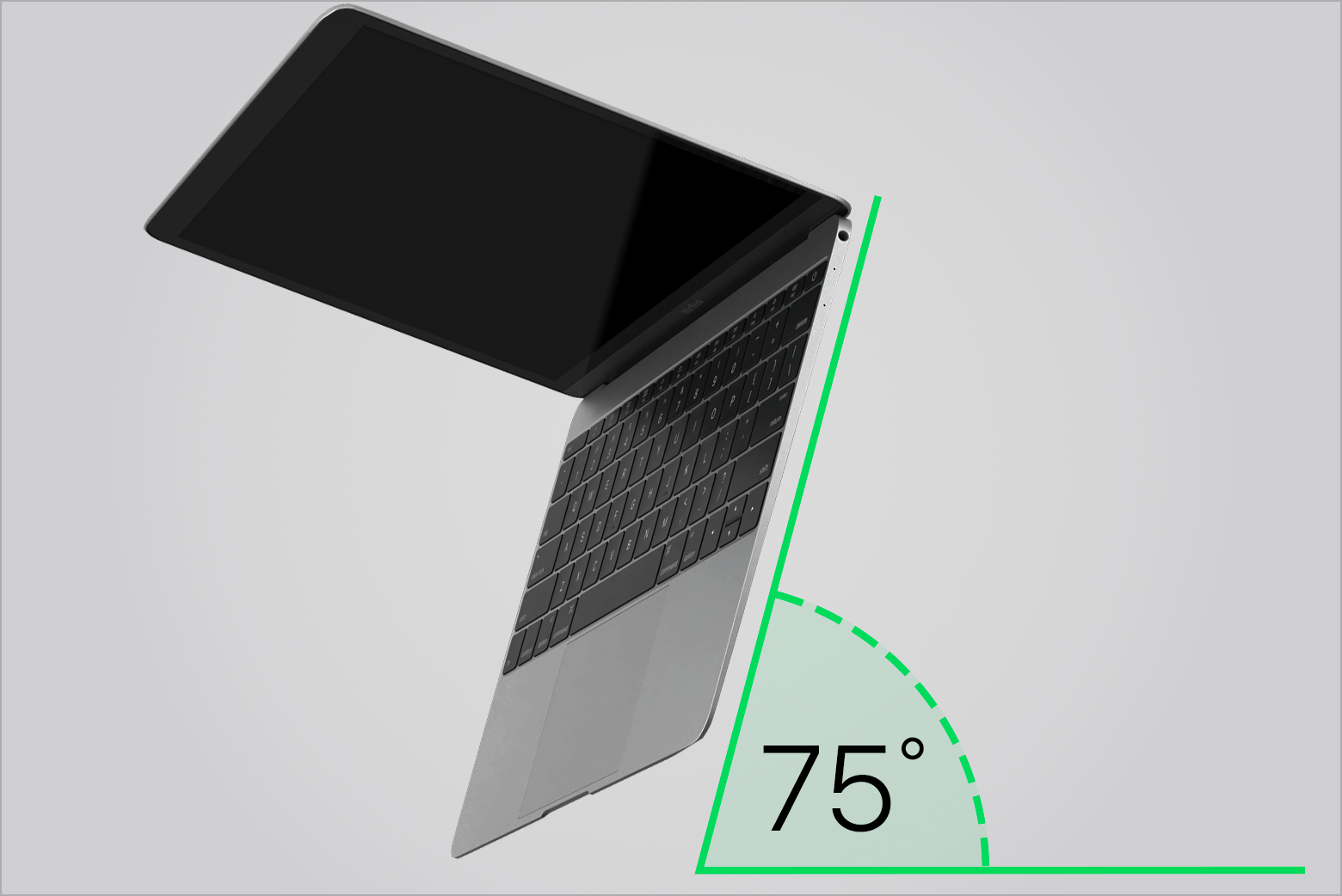
Once you've done that, give your keys a good wipe down with an electronic cleaning wipe. If you've got visible crumbs still hanging out on your keyboard, use a small vacuum tool to remove them. Wipe up or vacuum away any remaining pieces It could be the power key or delete key.Ĩ. Start at the top-right key - this varies, depending on which MacBook model you're using. This time, you'll start at the fn (function) key.Īgain, use the zigzag pattern to spray your keyboard with the compressed air. Using the same zigzag pattern, spray the keys again. Spray your keyboard from left to right in a zig-zag pattern. Start with the top left key and stop at the last key on the bottom right so that you don't miss a spot. Save the short bursts for spot-checking after you've done a thorough cleaning. The last thing you want to do is allow the gunk to fly under another key.Ĭontinuously press down on the nozzle for an even stream and slowly spray the compressed air in a methodical zigzag pattern across your keyboard. This is so the debris can fall out cleanly and away from your keyboard. Make sure you're holding your MacBook at a 70-degree angle, rather than vertically. Power off your MacBook before you start cleaning the keyboard. That'll mean less work the compressed air has to do. To get rid of any loose debris or crumbs, turn your laptop upside down and lightly tap the bottom. You also don't want that cable getting in your way. You don't want to accidentally press buttons that could delete important documents or type in a bunch of random characters if you disturb the keys during cleaning. Turn off your laptop and unplug it from the power cordīefore you start spraying your keyboard with compressed air, make sure you've got the laptop powered off and unplugged. If it falls out as you begin, you'll need to reinsert it.Ģ. Make sure you snap it into the nozzle before you begin, and make sure it's a snug fit. When you purchase a can of compressed air, it comes with a thin straw taped to the side of the can. However, if you find there's no gunk underneath, you may have a dead key, which is a bigger problem for you because Apple will have to replace the keys (which could take several days). We'll show you a technique that works well and will help keep you from emptying a whole can of air for nothing.

But you don't want to just aim and shoot because you may miss some of the hidden debris or lodge it further under the key. If your first instinct is to reach for a can of compressed air to clean underneath those keys, you're on the right track. It's annoying and keeps you from working as efficiently as you could. This happens when dust, crumbs or other gunk gets stuck under a key and keeps it from depressing easily. If you've noticed you have to press down hard on your MacBook's ( $1,390 at eBay) keyboard to get it to work, you may have sticky key syndrome. Got sticky keys? Grab a can of compressed air.


 0 kommentar(er)
0 kommentar(er)
